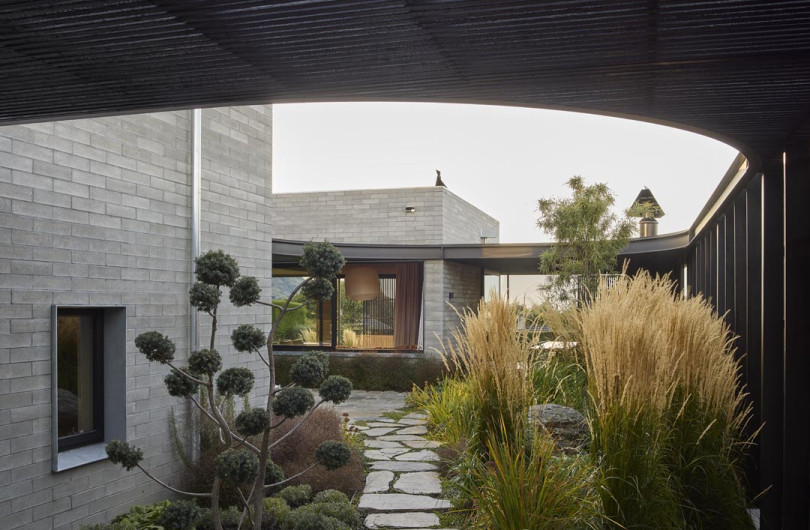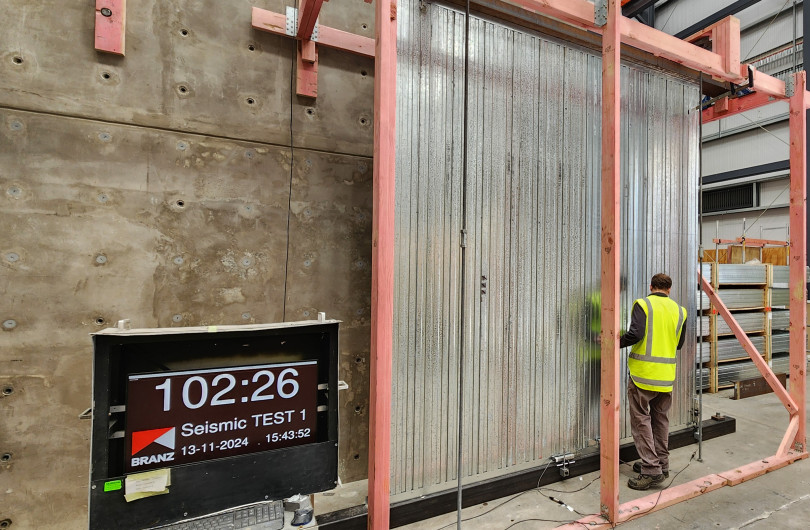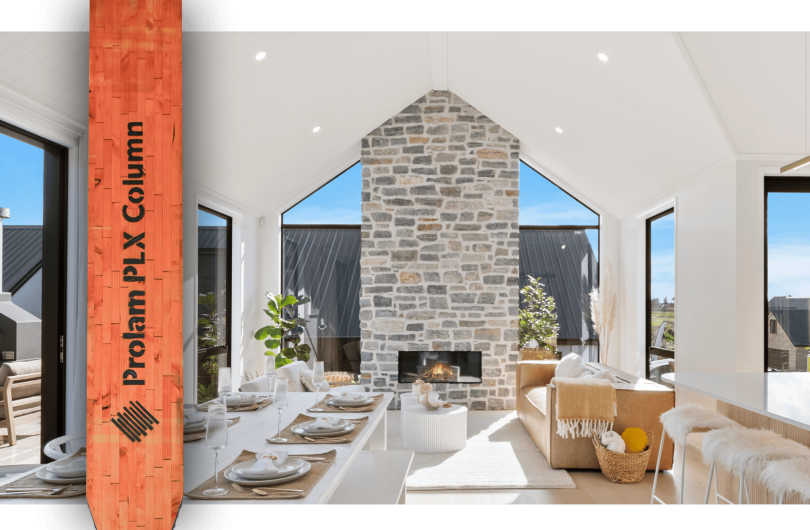All aspects and sectors of society make progress by building the future upon what has been done before and introducing incremental changes to make continually evolving tweaks to resolve present problems as they arise. Normally there is never the time, nor the inclination, to go back to check that the original criteria at the beginning are still valid and relevant.
The building industry is just one of the sectors in the matrix that makes up society, but it is one of those which operate on a long time scale and as such needs to be much more conscious of its effects and influences on the life of future generations when changes are, or are not, made. Because the products of the construction industry are so long lasting, it is an imperative, and a responsibility, for the sector to design and build with the distant future implications also at the forefront of the mind. As we are already seeing, there is an acceleration in the rate at which yesterday’s buildings are being altered and adapted for new uses but this change has essentially been achieved using the processes and materials of the past. What is now needed is a much more fundamental and broader thinking of how we are to construct our ever-changing environment, and especially with regard to global warming and the resulting climate change. As part of this process is also the importance of looking back to check that we are still on the intended path, or alternatively to decide that it is better to create a new path from an updated brief.
It is only a year and a half ago that Covid was unknown and society was trundling along as each generation had thought it always had. Since then the total disruption of how the world operates is rapidly being replaced by a new order, and radically new ways of living and working are being developed and quickly absorbed. Similarly, as Global Warming is now accepted as inevitable by most peoples there is no logical reason why an equivalent world-wide change of direction cannot be made with regard to Climate Change. The difficulty is that the manifestation of Climate Change is much slower and so it is much easier for society to ‘leave-it-to-tomorrow’, especially for the hard bits.
Focusing in on how the domestic building industry should adapt for Climate Change, a common knee-jerk argument given by the industry and others in order to resist these necessary changes is that it will increase costs. This is by no means an inevitable given if proper thought is applied to the design of potential solutions. I began these blogs in February 2014 asking – ‘Does Passive Thermal Design Have to Mean Greater Cost?’ and the comments still hold true. Since then I have been writing from time to time, often to ask for explanations and to question what the basis is for currently presumed construction practices.
Just considering the housing market, there are many innovative ways in which a much more climate-friendly industry can expand and develop. While the prefabricated wall framing and roof truss industry has matured, there is still a lot more to be achieved with entire dwellings being produced in a factory setting. At the other end of the scale there is value to be gained by an intelligent and broad-minded questioning of the current way that components are assembled if significant and meaningful Climate Change gains are to be made.
One significant example which I consider is in urgent need of a radical reevaluation is the standard installation method for thermally-broken window units. For many years now the aluminium window industry has been promoting thermally-broken window frames but with a very slow uptake.
The new version 5 of Homestar makes it mandatory that “All window frames are thermally broken” unless there are calculations to prove otherwise. Does this mean that window frames only need to be assembled from thermally broken aluminium window frame sections? Alternatively, is the intention that the window units in the completed building will still perform to prevent condensation on the interior portion of the frame? If so how is the aluminium sill support bar to be installed in such a manner that it is only in contact with the outer (cold) portion of the broken frame? Also how is the air in the cavity, (essentially at exterior temperature), insulated from cooling the inner portion of the frame in a manner which is easily buildable on site? Unfortunately ‘heat’ is lazy and so does not struggle through thermal barriers, it just goes around the aluminium frame if there is any chance, thereby negating most of the value of the thermal break. I discuss this problem in my blog of August 2017 ‘Thermally Broken Window Frames’.
If mitigation of climate change is to be taken seriously then a holistic reevaluation of thermal broken frame construction is just one of many components and assemblies needing to be reconsidered.
With regard to the wider community context, in my blog of October 2020 ‘Embodied and Operational Carbon’, I give an example of how the requirements of Tenancy Services’ Healthy Homes regulations essentially mandate heat-pump for all tenancies. This is without regard to the high embodied and operational carbon content of the mechanical equipment, with no consideration of more climate friendly heating methods, and no taking into account the basic thermal performance of many tenancies, especially apartments. This single-minded solution runs completely contrary to Government’s climate change policies, and also to the views of many concerned building industry professionals. A more intelligent approach would have delivered Healthy Homes with a much lower carbon and energy burden.
We do not need to wait for new solutions as much can be done with the design techniques and materials we have at hand. In my blogs of December 2014 ‘Insulation, Thermal Mass and Glazing: The Juggling Game’ and April 2014 ‘Insulation, Glazing and Thermal Mass: Is There a Simple Relationship’, I discuss the important of the inter-relationship of these three main factors in designing good, and free, passive thermal performance for a dwelling. Upon this foundation less applied heating and cooling will be required.
The thermally-broken window by-passing problem can be significantly mitigated by covering the hole in the insulated wall with properly installed curtains. My June 2019 ‘The Insulating Effect of the Humble Curtain Revisited’ and of August 2015 ‘Thermal Drapes: Do They Work as Insulation?’ are my comments on the energy saving benefits of properly fitting lined curtains. Despite the substantial value of curtains, these are not normally considered in Thermal Design as their type, presence or not, and use is at the whim of the occupants. Even so there is no reason why curtain tracks, or at least the ability to fit them, should not be designed into each window head. Think of the future and built-in adaptability.
Through EcoRate Ltd – Architect I provide objective independent passive solar thermal performance analysis and advice on sustainability matters, to architects, designers, builders, manufacturers, and others in the construction industry, including those proposing to build a new home. I am also a Homestar Assessor.
For more information feel free to contact Keith at EcoRate Ltd on 021 890 251, [email protected], or our website.




























 Most Popular
Most Popular Popular Products
Popular Products


